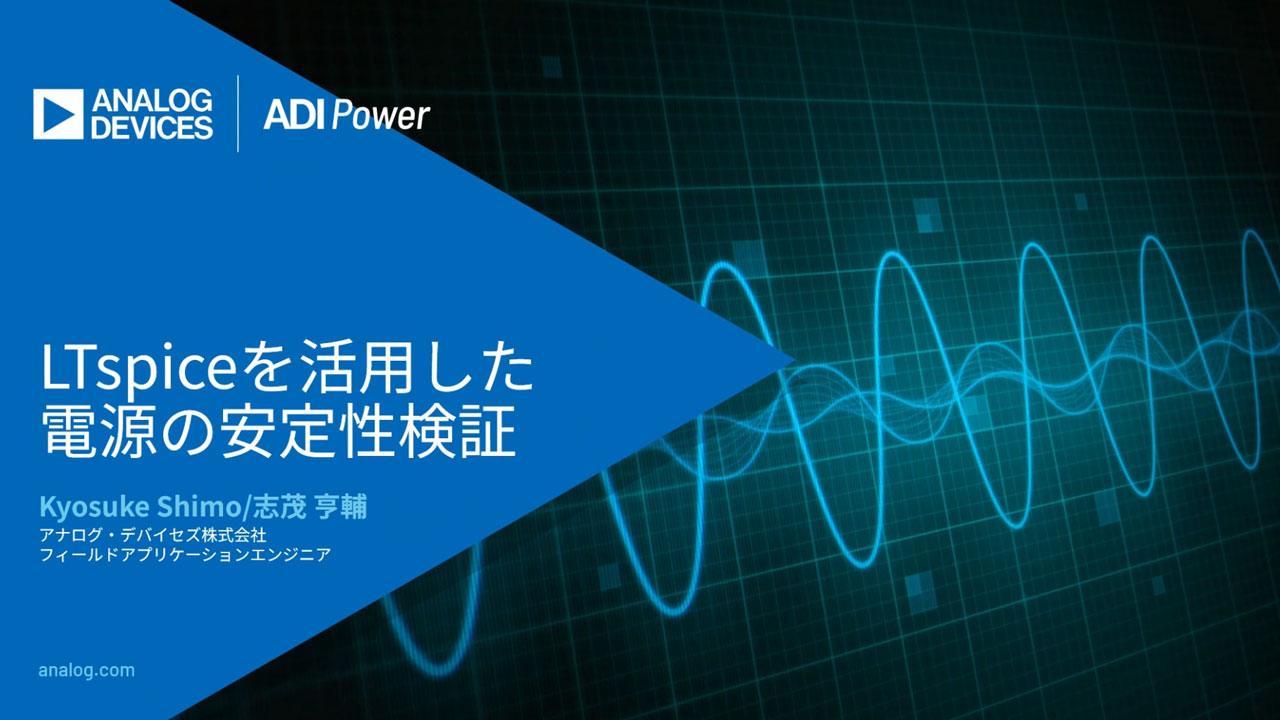Benchmarking Integrated Audio: Why CPU Usage Alone No Longer Predicts User Experience
Not too long ago, examining CPU usage was enough to gauge the impact of integrated audio on the user experience for multimedia applications such as gaming. While early motherboard audio had an appetite for CPU cycles—leaving less capacity to process those all-important frames per second for games—today’s versions are vastly more efficient. Yet efficiency is not the only improvement: The best integrated audio solutions deliver hyper-realistic, 3D positional sound. And given the abundant horsepower available in computers today, CPU load from motherboard-based audio has no noticeable effect on frame rate. Not to mention that gaming enthusiasts choose high end video cards to get the maximum frame rates they crave. As a result, traditional benchmarks that measure the CPU load used by integrated audio solutions no longer address what matters most. The meaningful question now is: What degree of audio processing is actually performed? That is, when the integrated audio subsystem actually performs EAX processing!
Is It True EAX?
Common audio benchmarks are currently not designed to evaluate the degree of 3D and EAX effects that an integrated solution actually executes. The level of support is important because popular games including Prey, World of Warcraft, Quake 4 HALO, Rome: Total War, and many others make play more exciting by using an array of specific EAX functions. However, the engineers at Creative Labs and Analog Devices have discovered that it’s possible for an integrated audio solution to claim EAX support without executing it fully, partially, or in some cases at all.
Certain motherboard audio solutions claim to support EAX, yet they only pass an indicator flag that tells the tester that EAX is “present.” Meanwhile, actual listening tests performed by Creative Labs reveals that EAX functions on many of these motherboards are not actually performed. They are, in fact, cheating the performance benchmark and the listener for the sake of a better “score.” These solutions pass CPU usage tests with flying colors because they do nothing in response to the EAX commands. Gamers are thus cheated from the intended audio experience because they don’t know what they’re missing.
“We constantly work with game developers to support the OpenAL (cross-platform audio API) and EAX technologies. Developers complain when an audio subsystem doesn’t implement its claimed functions, because this presents serious problems that affect game quality,” said George Thorn Director, Digital Media Relations, Technical Marketing, Creative Labs Inc.
An Audible Difference
EAX processing is not just about environmental reverberation, it includes per-source properties including low-pass filters, reverb send levels, and air absorption. The low-pass filters on each 3D sound source enable games to enhance the realism of their aural worlds by muffling sound effects that are located behind closed doors or behind obstacles.
By adjusting reverb send levels, the OpenAL API offers alternative distance attenuation models, which are used to great effect in games like Battlefield 2. Air absorption effects can also be used to increase the sense of how far sounds are from the player. If an integrated audio device claims support for these functions, yet does not deliver on its claims, the result can be a mess—the mix is unbalanced, with many sounds playing too loudly, and others having too much reverb applied to them. That leaves the poor player unable to distinguish between the enemy around the corner from the enemy three blocks away. Game over!
The Listening Test
Varying as it does with individual perception, the quality of the user experience will always be somewhat subjective. However, it is possible to develop benchmarks that would validate whether motherboard-based audio executes EAX functions completely and properly.
Said George Thorn, “We use two types of tests in our internal work. The first is an automated parameter test that checks to make sure that all parameters support the correct range of values. Out-of-range values should fail with an appropriate error code reported. The second type of test is a manual listening test to make sure each EAX parameter works correctly and changes the audio in an expected manner. While we have found that the SoundMAX® product executes EAX 2.0 calls correctly, the same cannot be said for other popular motherboard audio subsystems that we have tested, even though they claim to support EAX 2.0 within their feature set.”
In the opinion of Analog Devices, audio benchmarks ought to help developers predict the user experience and choose with confidence. The industry needs benchmarks suitable for assessing the extent of audio processing that an integrated solution executes relative to its CPU usage.
We invite you to contact us at Analog Devices to obtain the specific test scenario that we used to verify proper EAX compliance.
Until then, when you need to judge expected sound quality: Trust your eyes and ears.
Analog Devices SoundMAX audio solutions bring realism and excitement to games with Sensaura 3D Positional Audio (3DPA) and EAX and DirectSound 3D Support. SoundMAX® is a registered trademark of Analog Devices, Inc. All other trademarks included herein are the property of their respective owners.




















